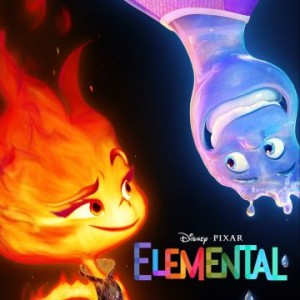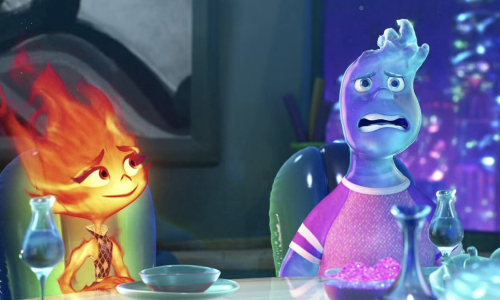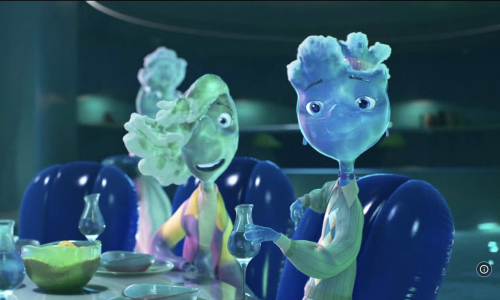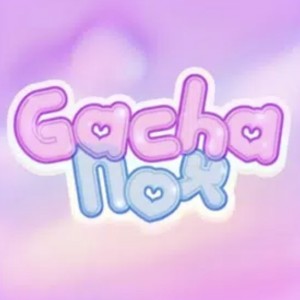
-
Director:
Peter Sohn
-
Release date:
June 16, 2023
-
Distributed by:
Walt Disney Studios Motion Pictures
Features Review
"Elemental," the latest Pixar and Disney offering, constitutes a delicate dance between grand allegories and animation magic versus an underdeveloped narrative and world-building. The film, set in a bustling metropolis where the four natural elements all coexist, offers a visual treat but falls short of living up to the metaphorical promise it sets forth.
Directed by Peter Sohn and written by John Hoberh, Kat Likkel, and Brenda Hsueh, "Elemental” gravitates toward a deeply symbolical core with the elements representing different social hierarchies. However, its ambition seems to weigh down the narrative, resulting in a metaphor somewhat unwieldy when evaluated as a racial allegory. Despite Sohn’s intentional efforts to carve a narrative around assimilation resulting from his personal experiences, the depiction of societal class distinction among the elements aligns uncomfortably with racism conversations.
The plot of Elemental unveils Element City, an urban sprawl filled with inhabitants that resemble natural entities of water, fire, earth, and air. The city channels vibes from Disney’s “Zootopia," but its racial discrimination concept simmers down to a more rudimentary “predator and prey” dynamic.
Ember Lumen, a second-generation immigrant embodied as fire, works diligently in her father's convenience store. While her father, once Bernie, but now Útrí dár ì Bùrdì, plans to pass the family business on to Ember, complications arise when Ember's innate properties manifest, creating a ripple effect in their lives. Ember's inability to seize control over her emotions leads to chaos in her father's store, drawing the attention of city inspector Wade, who embodies water.
A chance meeting with Ember sets Wade on a new path. He has been probing into the city's deteriorating canal system to find a leakage source, which has been constantly flooding Ember’s basement and poses a significant threat to the rest of Firetown. Ember's encounter with Wade sparks an adventurous and covertly romantic alliance. Both Ember and Wade venture onto a perilous journey, aiming to save Ember’s dad's business along with the city from an impending catastrophe.
Technically, their attraction comes with life-threatening consequences – Ember holds the power to suppress Wade, while Wade could put out Ember's flame. Discounting the danger this poses, the otherwise unadvised romantic entanglement between fire and water also leads to a social taboo, impacting Ember's relationship with her father. The narrative thus transforms into an interracial love story, a less explored theme in Pixar's storytelling.
As the plot unravels, Ember and Wade embark on a rollercoaster journey, overcoming personal differences and adversity. They finds the two separated due to a communication misfire. Conforming to the traditional Pixar narrative arc, the two find their way back to each other, resolving their differences and coming together to save Element City from imminent peril.
Although the plot is riddled with Pixar storytelling stereotypes, the relationship between Ember and Wade stands out as the high point of the film. Their love story shines as a beacon, outshining the disorderly plot mechanics and the underdeveloped description of the diverse communities represented by the four elements. But the run-of-the-mill Pixar narrative model and the predictability of the plot do dull the brilliance of this animated marvel.
The characters borrow traits from their representative elements and stay true to their inherent natures. Water people comfortably flit about the slick skyscrapers of the city, reminiscent of the privileged white class. Fire folks, on the other hand, stay nestled within Firetown emulating immigrants across diverse cultures. While 'Earth' and 'Air' people make occasional appearances, their roles seem under-explored, skewing the film's focus towards the fire and water elements predominantly.
The vibrant visual aesthetics of the film are undeniable. Elements City acts as a mesmerizing panorama filled with intricately designed architectural marvels interspersed with an abundance of background sight gags, such as the fire folks savoring their “hot logs.” Unfortunately, the city often appears more like concept art than an immersive environment, being somewhat sparse on the specifics that could have enhanced the world-building.
The story centralizes on Ember Lumen (voiced by Leah Lewis) and Wade's budding romance, a subplot interwoven with social barriers and personal conflicts. Their relationship, despite an initial friction, gradually unfurls into a refreshing escape from the often-cluttered plot mechanics. However, their romance arc is often conventional and foreseeable, leading to a somewhat diminished emotional impact.
Conclusion
“Elemental” audaciously pursues an interracial love story powered by vibrant animations and meticulous details, underpinned by Pixar’s traditional storytelling style. Nevertheless, it often strays from its ambitions, leaning towards clichés and not venturing far enough into exploring the meticulously crafted world, leaving audiences yearning for a broader exploration of the Elemental City.
Pros:
- Stunning and colorful animation:
- Interesting central metaphor reflective of social class systems:
- Endearing character dynamics.
Cons:
- Underdeveloped world-building:
- Struggled with handling the gravity of racial allegory;
- Conventional and predictable plot.





















